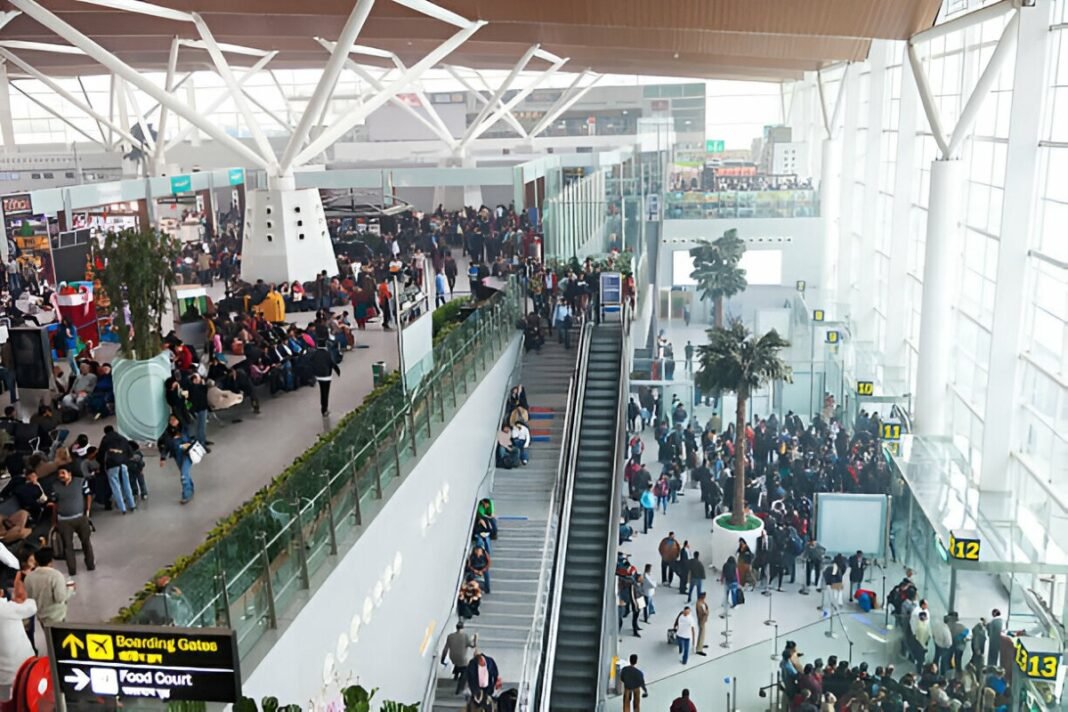Following the closure of T1, all flights were relocated to Terminals 2 (T2) and 3 (T3), which continue to operate as usual. The shift was necessitated after a canopy at T1’s old departure forecourt partially collapsed amid heavy rains on June 28, resulting in one fatality and injuries to six individuals. In response, the civil aviation ministry tasked structural engineers from IIT Delhi with assessing the incident.
The official indicated that the technical study would require approximately a month. Post-assessment, the decision to resume operations at T1 will be made. The Indira Gandhi International Airport (IGIA), managed by a GMR Group-led consortium DIAL, comprises three terminals—T1, T2, and T3—and handles around 1,400 daily flight movements.
The heavy rainfall, identified as the likely cause of the canopy collapse, was significant, with Delhi’s Safdarjung recording 228.1mm in 24 hours, the highest June rainfall in 85 years, far exceeding the 30-year average of 75.2mm.
The Directorate General of Civil Aviation (DGCA) and a DIAL technical committee will investigate the incident. Additionally, the Airports Authority of India (AAI) has been instructed to issue a circular mandating thorough structural inspections at all airports. Based on these findings, enhanced safety measures and long-term policies will be developed to prevent similar incidents, as stated by the ministry.





